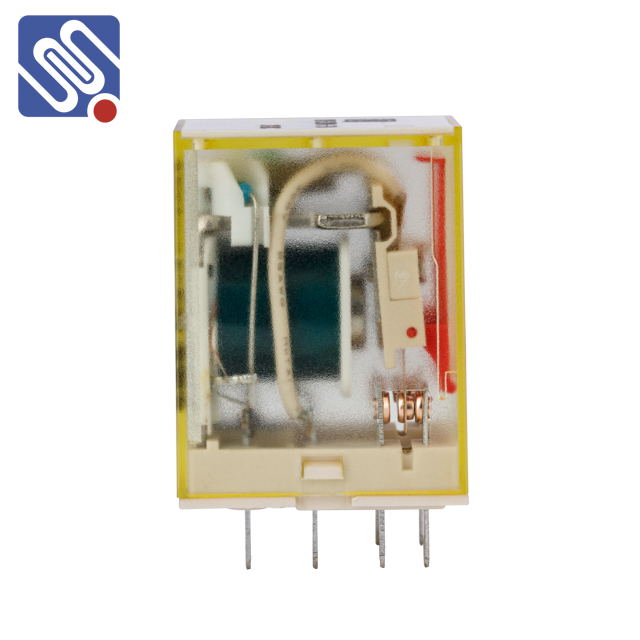understanding relay performance metrics: key indicators for reliable operation
Release time:2025-11-11 17:02:52
Relay performance metrics are crucial in evaluating the efficiency, durability, and reliability of relays, which are essential components in various industrial, commercial, and automotive systems. A relay serves as an electromagnetic switch, controlling circuits by opening and closing its contacts in response to an electrical input signal. To ensure optimal functionality in these applications, it is vital to measure and understand the performance metrics associated with relays. These metrics help manufacturers and engineers assess whether a relay meets the requirements of specific operational conditions and provides insight into potential performance issues.

1. Pick-up Time
Pick-up time, also known as response time, refers to the duration it takes for a relay to activate once an input signal reaches the threshold level. This performance metric is particularly critical in systems where fast response times are necessary. For instance, in automotive or industrial control systems, a quick pick-up time ensures the relay can respond promptly to emergency shutdowns or control adjustments. A shorter pick-up time leads to better system performance, especially when dealing with high-speed or time-sensitive applications.
2. Drop-out Time
Drop-out time, in contrast to pick-up time, is the time it takes for a relay to return to its initial state after the input signal is removed. This metric is essential in evaluating the relay's ability to disengage from a circuit and reset quickly. A relay with a shorter drop-out time is often required in systems that involve frequent switching or that need to stop operations immediately after the signal is lost.


